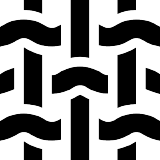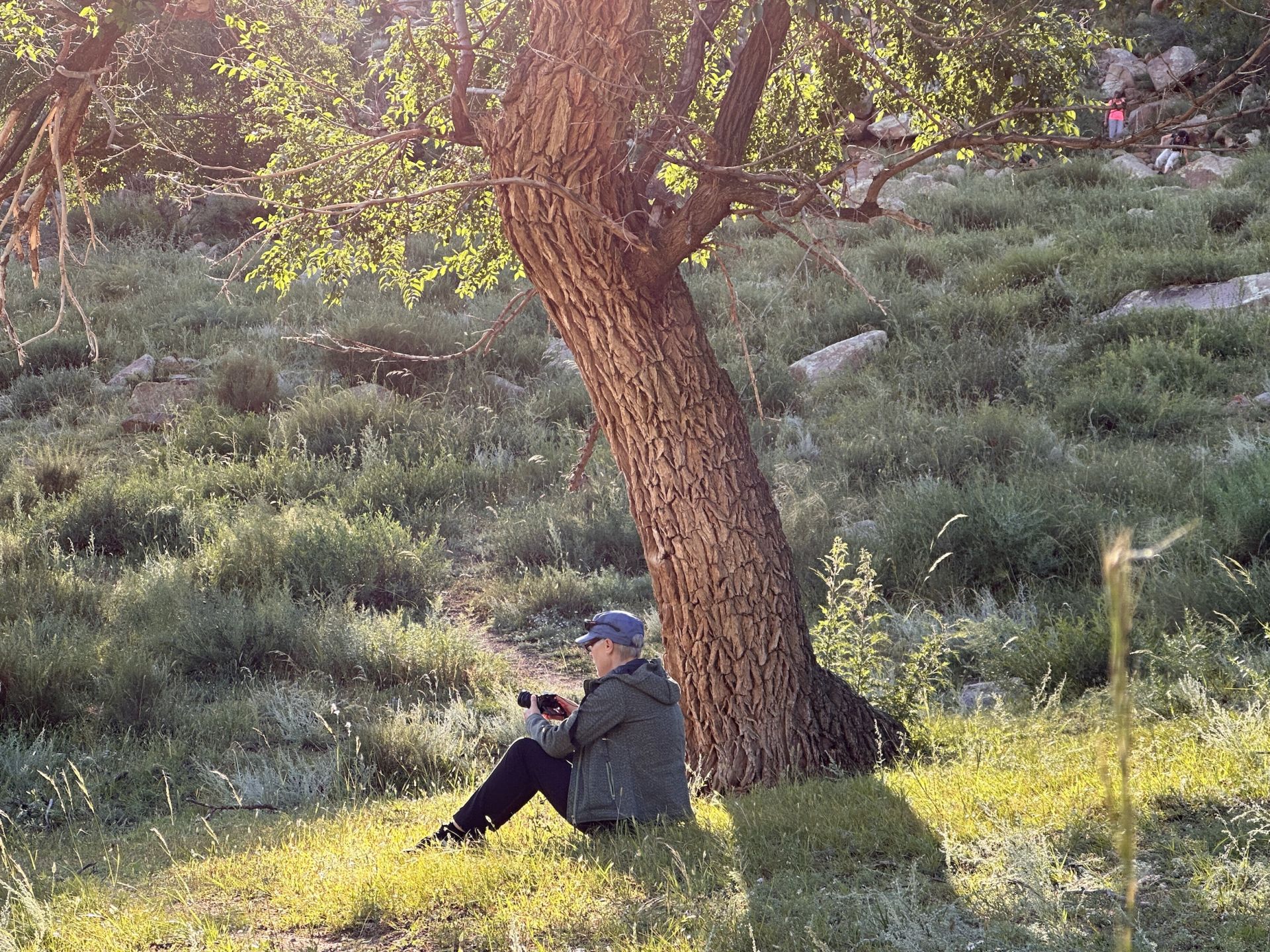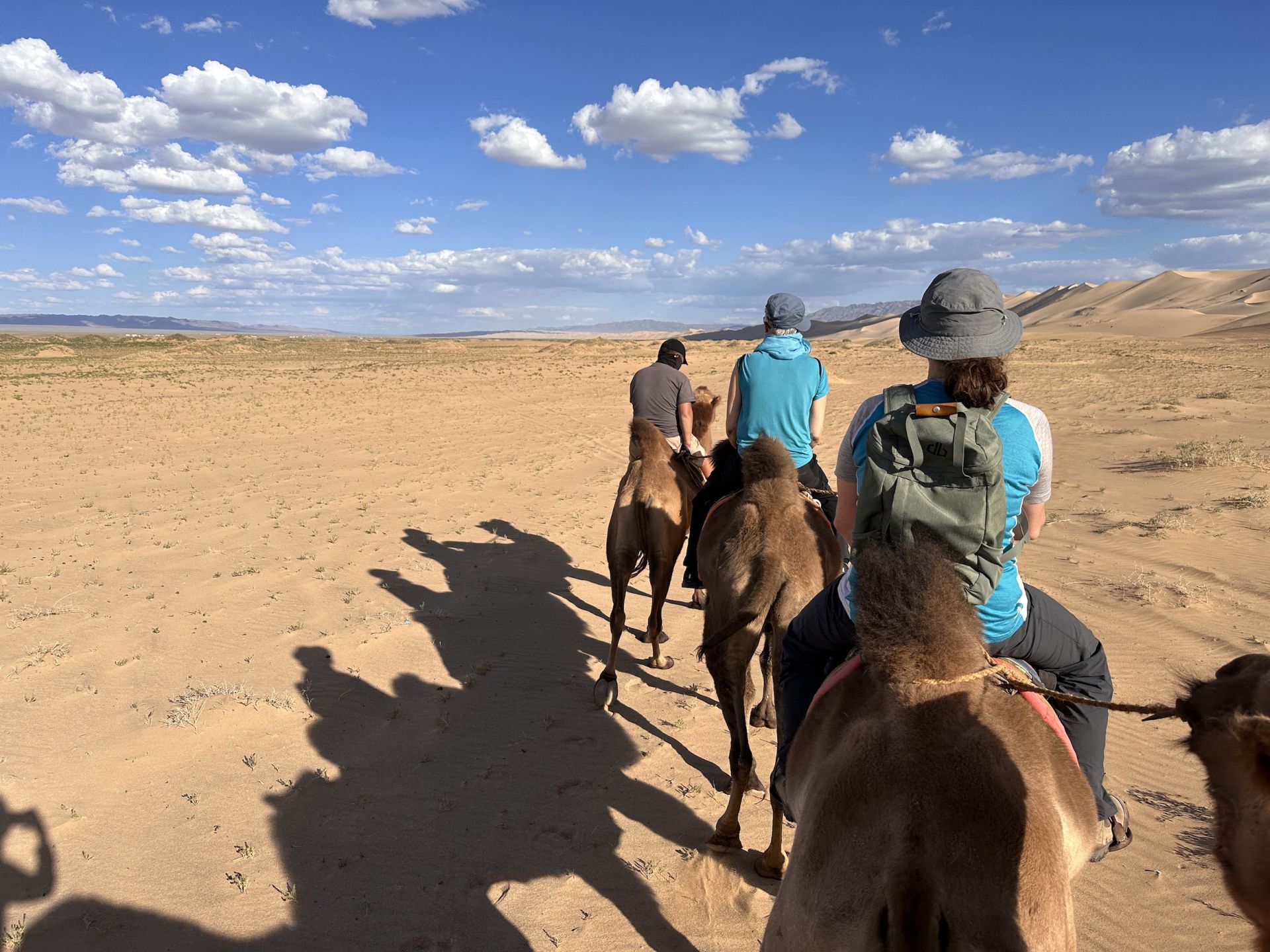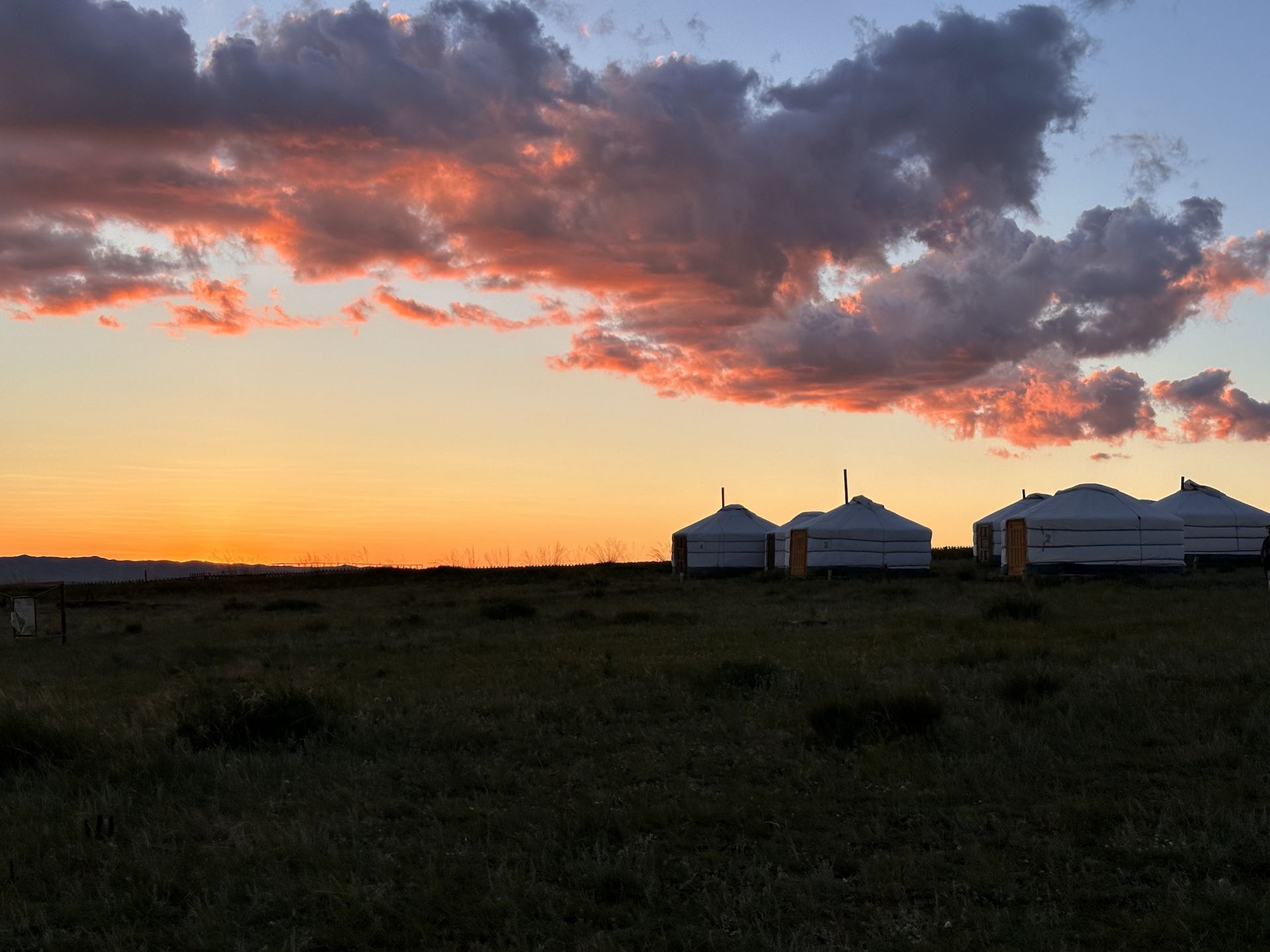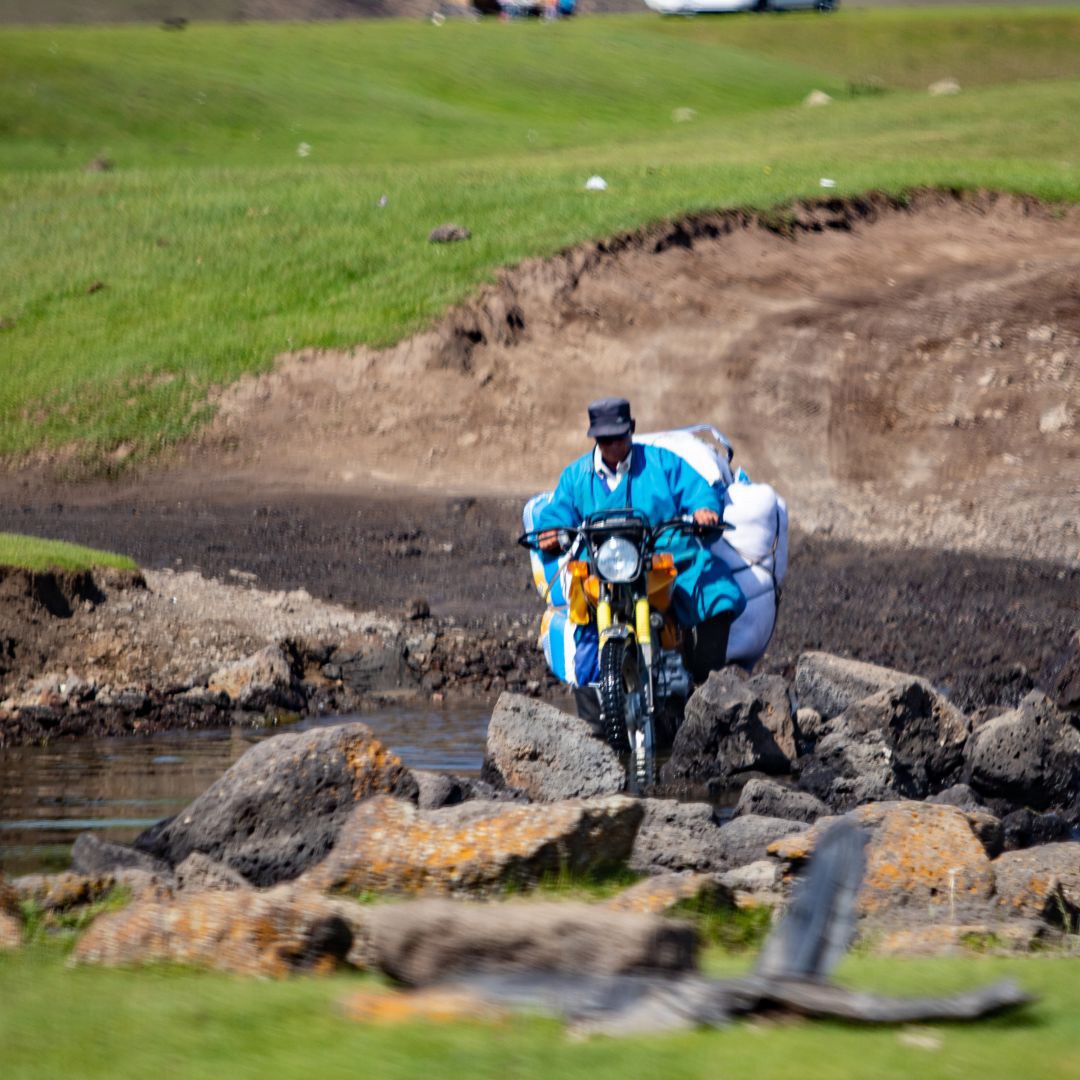Central Mongolia trip
This classic short trip in central Mongolia leads from the "Little Heaven-Elsen tasarkhai" sanddune to the Ulaantsutgalan/Orkhon waterfall.LET'S CREATE TOGETHER YOUR TAILOR-MADE TRIP!
We prepare creative and innovative programmes according to your wishes and your budgetPRICE
On this adventure journey, we will show you the untamed and pristine landscape of Mongolia. The "Little Heaven-Elsen tasarkhai" sand dunes lead to the Orkhon waterfall on this popular short trek in central Mongolia. Not only will you learn about nature and views, but you will also learn about the culture of the world's last nomads. You can visit nomadic families, go hiking, horseback riding, or two-humped camel Bactrian riding, and relax in quiet.
HIGHLIGHTS
Ulaanbaatar- Sand Dunes Elsen Tasarkhai-Orkhon Waterfall-Hot Spring - Karakorum/Erdene Zuu Monastery.
Tag 1. Ulaanbaatar
Tag 2. Elsen Tasarkhai, "Little Gobi Desert"
Tag 3. Orkhon Waterfall
Tag 4. Hot Spring
Tag 5. Karakorum/Erdene Zuu Monastery
Tag 6. Ulaanbaatar
ITINERARY
Day 1. Ulaanbaatar
The international flight to Ulaanbaatar, Mongolia, determines the departure date. Arrive at Ulaanbaatar's Chinggis Khaan Airport. Our tour guide will meet you at the airport and take you to the hotel. There is a short city trip in the afternoon. Accommodation: 3-star hotel with complimentary breakfast.
Day 2. Sand dunes Elsen Tasarkhai
Today's target is Elsen Tasarkhai, often known as the "Little Gobi Desert," a rare band of sand dunes in central Mongolia's steppes. We arrive around lunchtime, settle into a neighboring ger camp, and then head off to explore the surrounding area. It's breathtaking to observe Bactrian camels roaming the sandy dunes as horses graze on the neighboring lush steppe. We have the option of riding a Bactrian camel or horse. Accommodation: ger camp. Meals: B, L, and D.
Day 3. Orkhon Waterfall
We will be taken across broad grassy plains dotted with basalt cliffs and meandering rivers. Our sluggish travel over the damaged track allows us to take in the various scenes of itinerant life. In 2004, the UNESCO World Heritage Committee classified Orkhon Valley as a "cultural landscape" of international significance. After lunch, we drive to Orkhon Waterfall, also known as Ulaantsutgalan Waterfall, which was formed 20,000 years ago by volcanic eruptions and earthquakes. The waterfall falls 24 meters from a height of 24 meters. We go on a hike to the waterfall and observe the natural environment. Accommodation: ger camp. Meals: B, L, and D.
Day 4. Wellness Time!
Today we're going to Tsagaan Sum, a hot spring. Tsagaansum thermal springs offer healing qualities, particularly in nervous system illnesses. The source is a fully mineralized nitrogen hot spring with silica. The temperatures range from 60 to 75 degrees. The most loving activity is sitting in a relaxing bath and gazing at the stars in the dark sky. (Don't forget to bring your swimming suit!). Accommodation: Gercamp. Meals: B, L, and D.
Day 5. Karakorum/Monastery Erdene Zuu
Today is our fifth day in Karakorum. In Kharkhorin Soum, there is a lovely little museum that displays everything that has been discovered historically from the many periods of Mongolian history, from the Stone Age to the Mongolian Empire. Karakorum, the Mongol Empire's capital city in the 13th century, was built on the remains of the former capital by King Ugudei, son of the famous Chinggis Khaan. The city was conveniently placed at a junction of historic routes, serving as a staging area for migratory nomads and commercial caravans. Foreign envoys and notable clergy traveled to this city to meet with the Mongol Empire's king. There is also a lovely monastery known as Erdene Zuu. The monastery was built between the years of 1585 and 1586. It is without a doubt Mongolia's oldest Buddhist monastery. It is listed on the UNESCO World Heritage List under the category "Orkhon Valley cultural landscape." After seeing the 3rd Dalai Lama and declaring Tibetan Buddhism the state religion of Mongolia, Prince Abtai Han, Khalh leader and Zanabazar's grandfather, ordered its construction in 1585 outside the ruins of Kharkhorin. The monastery was destroyed by communists in 1939 as part of a purge that resulted in the destruction of hundreds of monasteries and the killing of over 10,000 lamas in Mongolia. Three temples and the outside wall with the stupas were preserved; the temples were converted into museums in 1947. This monastery is still a functioning Buddhist monastery and a museum open to visitors today. Accommodation: ger camp. Meals: B, L, and D.
Day 6. Ulaanbaatar
We still have time to see the capital after we get to Ulaanbaatar. We can go shopping if we like. We go to a folklore show in the evening, which includes traditional musical instruments, music, dance, a contortionist, and the famed throat singing. Accommodation: 3-star hotel with complimentary breakfast
Day 7. Departure
Transfer to Chingis Khaan International Airport or train station and depart Mongolia.















